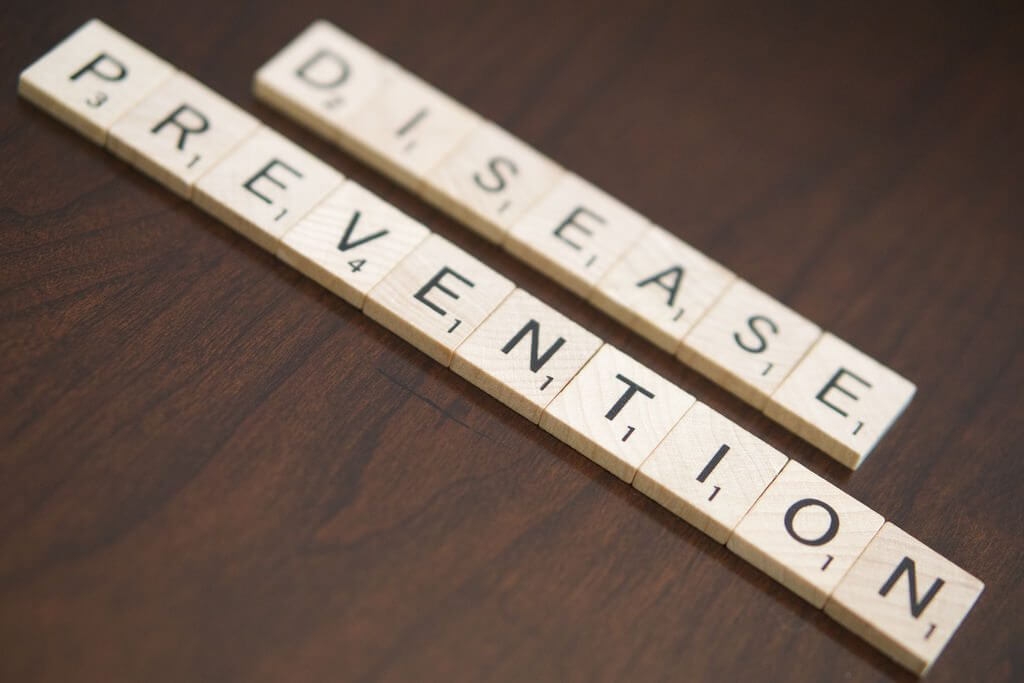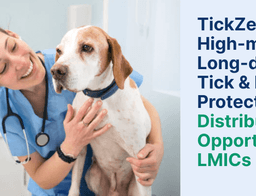
Chlamydia can be passed on through sexual contact and is carried in semen, pre-cum, and vaginal fluids and can infect the penis, vagina, cervix, anus, eyes, and throat. It can still be passed on when a man does not ejaculate. Most people who have Chlamydia do not show symptoms, since its symptoms may take several weeks to develop if they develop at all; they include:
- Pain when urinating or during sex;
- Pain in the lower belly or anus;
- Abnormal discharged;
- Bleeding between periods;
- Swollen or tender testicles.
How can you protect yourself?
A strong method of preventing the spread of Chlamydia is the use of condoms. Used correctly and consistently, condoms can be 98-99% effective in preventing disease transmission. As transmission can occur through a single act of sex, condoms must be used as a safety precaution.
What does it mean to use a condom correctly?
It means that the condom doesn’t break, slip, or leak from the start of sexual contact to the finish after ejaculation. Here are some tips to use condoms correctly:
- Use a new condom for every sex act and put the condom on before the penis makes contact with the vagina, mouth, or anus;
- Leave a space at the end of the condom for semen to collect if there is no reservoir tip;
- Make sure semen doesn’t spill out of the condom when removing it;
- Wrap the condom in a tissue when you throw it in the trash;
- If the condom breaks, stop and remove the condom immediately and put on a new condom;
- Ensure the condom unrolls in the right direction.
What are common misconceptions related to Chlamydia?
- You cannot get Chlamydia from oral sex—the bacterial can’t tell the difference between throats and genitals so it is possible to get the disease from oral sex.
- You cannot get Chlamydia from a circumcised man—yes you can.
- You look healthy, so you don’t have Chlamydia—many people with the infection are unaware that they are already infected. So it is advisable to get yourself checked if you are under 25-30 years of age and had unprotected sex.
How to test for Chlamydia?
Testing for Chlamydia is quick and painless, as it can be detected through a pee-in-a-cup test. Results come right away or within a few days. Home test kits can be bought from pharmacies or online. It is better to recognize the symptoms of chlamydia early on and get tested to confirm if you have Chlamydia so you may begin treatment right away. Chlamydia can easily be treated with antibiotics, sometimes only requiring a single dose. Another treatment requires 7 days.
Should you get treated?
People diagnosed with Chlamydia must consult a doctor and take necessary treatments. If it is not treated it can lead to pain, infertility, pelvic inflammatory diseases. It also increases the chances of spreading HIV which can later cause AIDS.
What about giving birth?
It is recommended that a partner having chlamydia abstain from sexual activity until it is thoroughly treated. Chlamydia infection can affect the quality of sperm and having babies is not advisable. One should take a doctor’s advice before family planning as recovering from infection takes time.
What if you realize that you are infected after getting pregnant?
A pregnant woman should take extra care and proper medication otherwise there are chances of passing it to the baby during birth. It can cause pneumonia, eye infection and several other conditions in the baby.
Are there chances of reoccurring?
Chlamydia is curable, but it is important to finish the complete course of medication even if symptoms go away. The infection stays in the body until one finishes the antibiotics. If it reappears, consult the doctor and get treated soon.
Every year, about 3 million Americans get it, and it is most common among those under 24 years of age. Chlamydia must be treated or it may lead to more major health problems in the future. Remember that the best way to avoid STD transmission for both partners is to be uninfected in the first place. However, consider that many infected people aren’t aware of their infection since they may not have symptoms, so condoms are always a safe bet to use.
AdvaCare’s Product
Check out AdvaCare’s condoms by following the links below:
AdvaCare offers 100% natural, high-quality latex condoms available in a wide range of textures, flavors, and colors. They are available in non-lubricated and lubricated, textures that include plain, studded/dotted, ribbed, and flavors including unflavored, vanilla, mint, chocolate, coffee, jasmine, rose, strawberry, banana, apple, cherry, and grape, and varying thicknesses and colors.
Don't want to miss the next AdvaCare article?

Recommended Content

TickZero™: High-Margin, 12-Week Flea & Tick Protection, Distributor Opportunity in LMICs


Leveraging Pharma Expertise to Thrive in Supplement Distribution


Ecuador: Importing Medicines with an International Pharmaceutical Manufacturer
